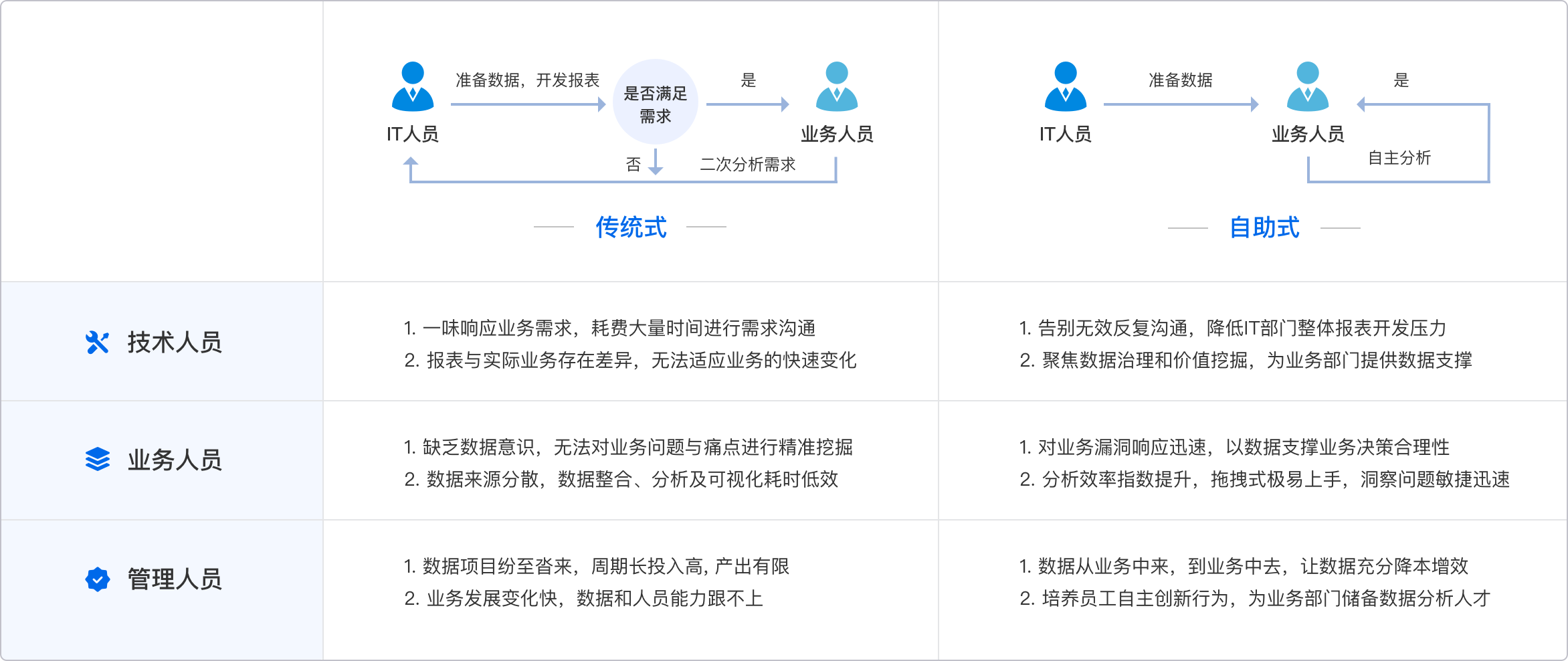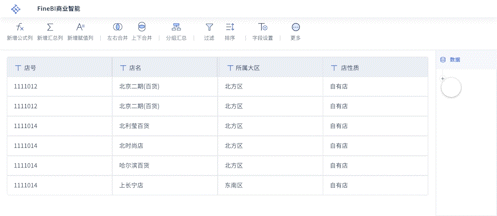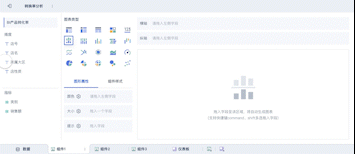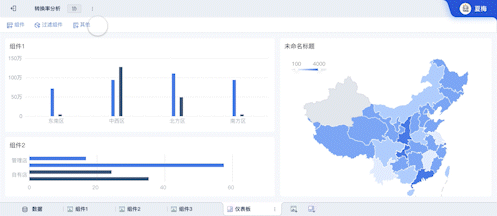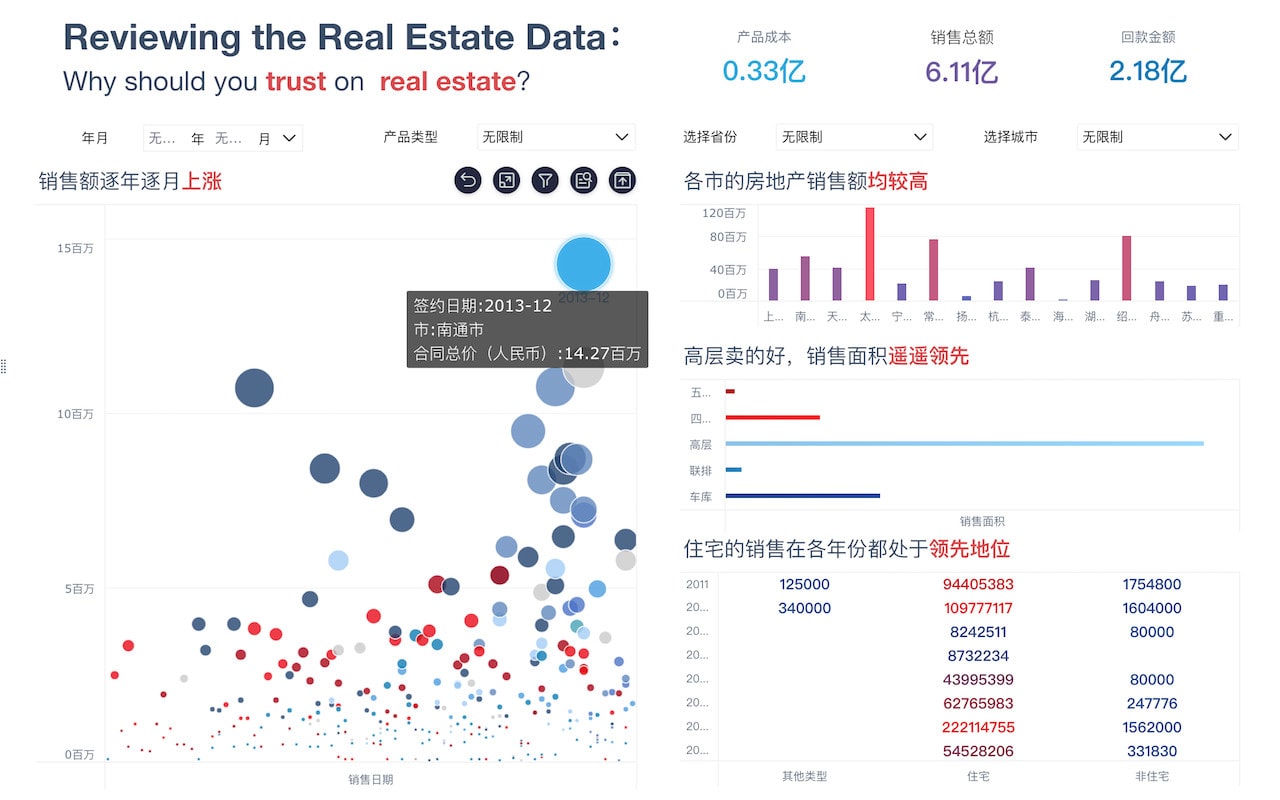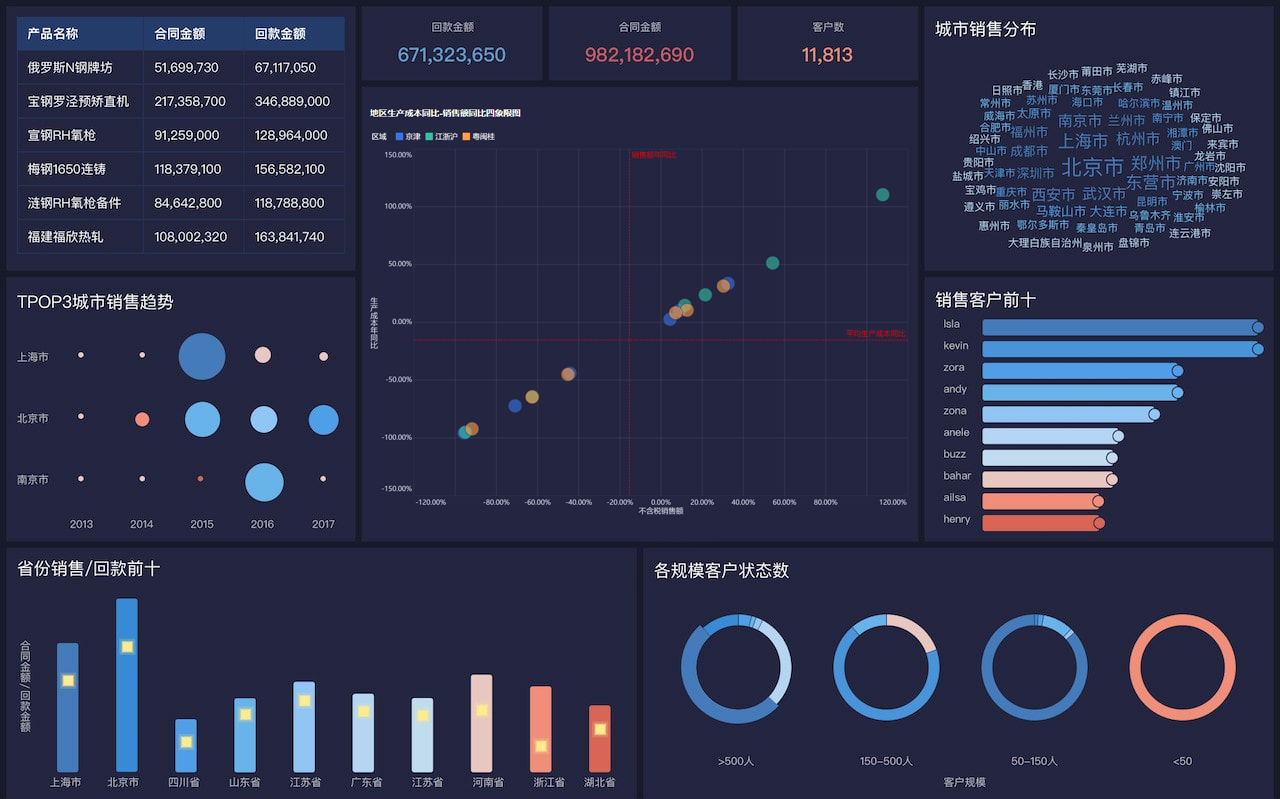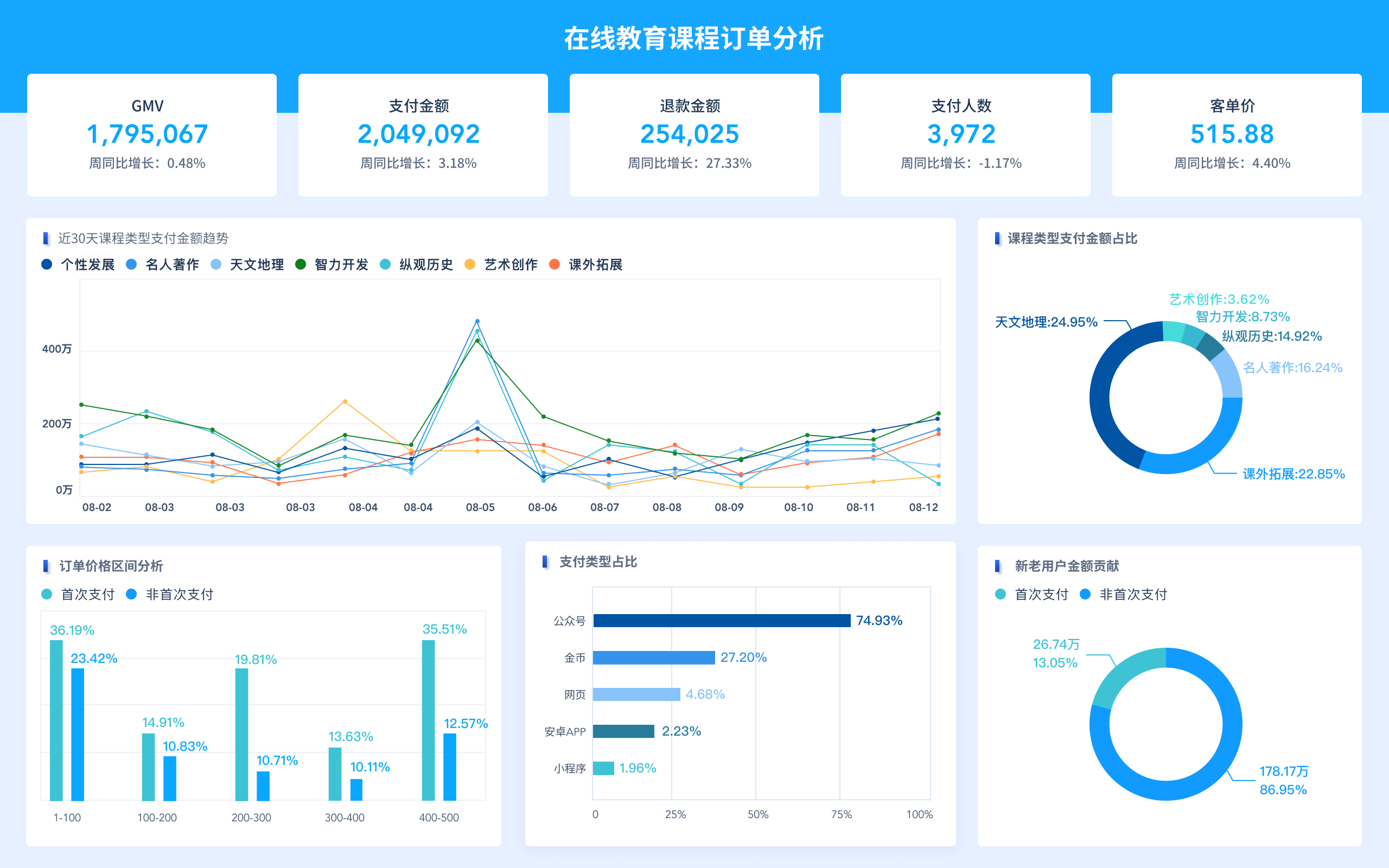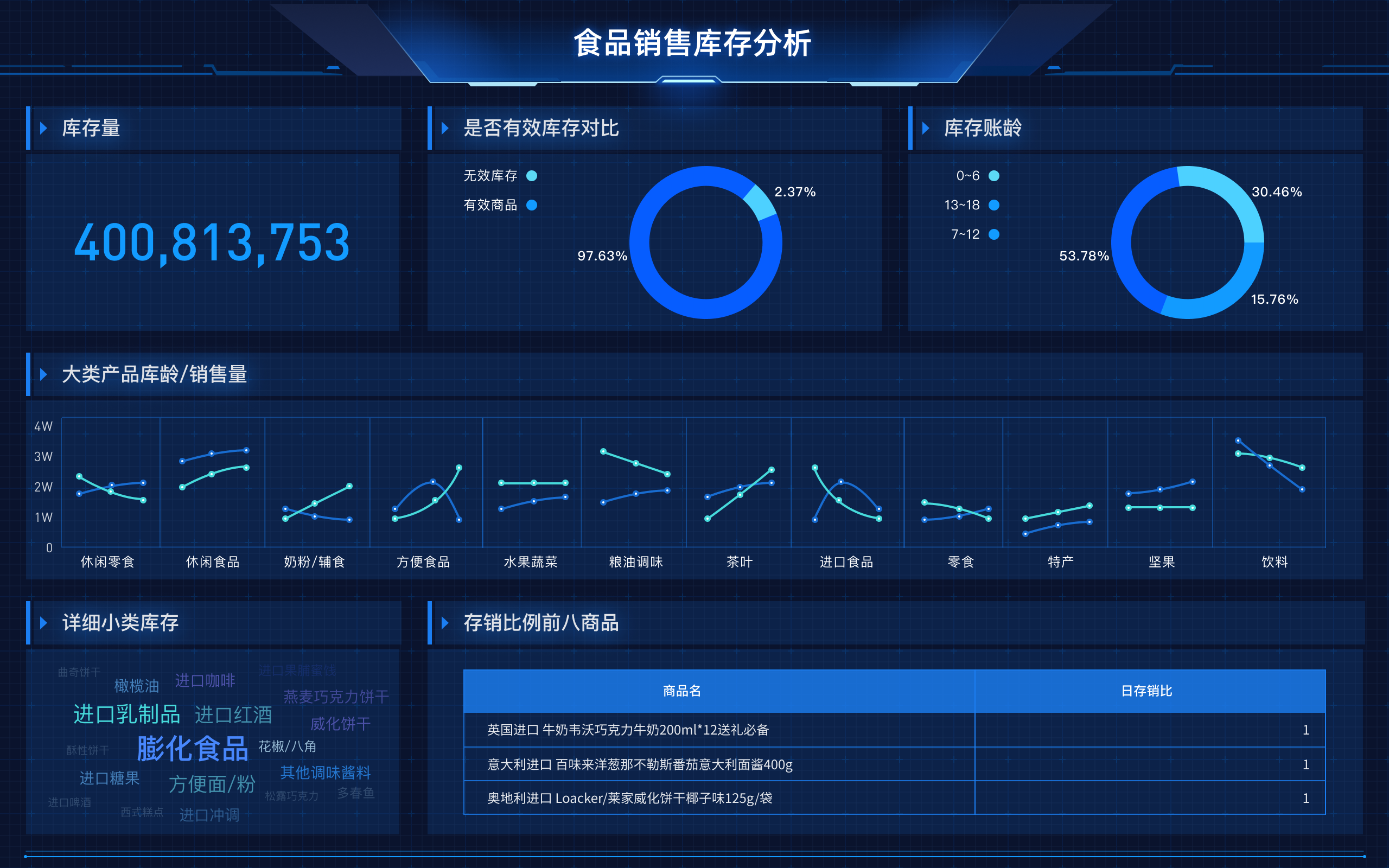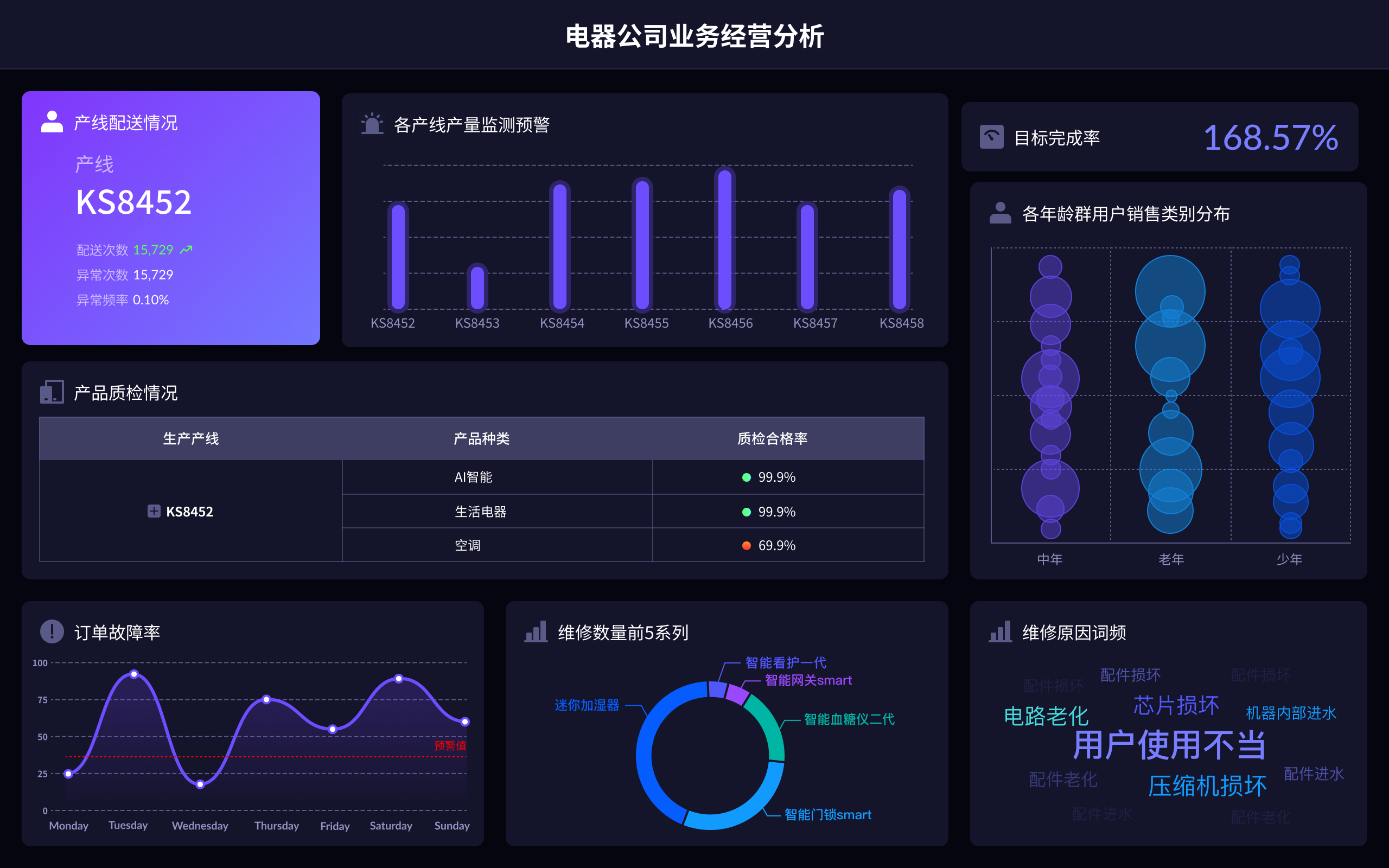
Rendering a database is crucial for multiple reasons: improving data visualization, enhancing user experience, and optimizing performance. Among these, enhancing user experience is particularly significant. When data is rendered effectively, it becomes more accessible and understandable to the end-users. This means that users can interact with the data more intuitively, leading to better decision-making and overall satisfaction. For instance, a well-rendered database can present complex data sets in a simplified and visually appealing format, making it easier for users to extract meaningful insights. Additionally, effective rendering can also help in identifying patterns and trends that might not be immediately obvious in raw data form.
I、IMPROVING DATA VISUALIZATION
Data visualization is a critical component of rendering a database. When raw data is transformed into visual formats such as charts, graphs, and maps, it becomes easier to interpret and analyze. This visualization helps in identifying trends, outliers, and patterns that might not be evident in text-based data. For example, a sales database rendered into a line chart can quickly show the rise and fall of sales over time, making it easier for managers to make informed decisions. Furthermore, visualizations can be interactive, allowing users to filter and drill down into the data for more granular insights. This interactivity further enhances the understanding and usability of the data.
II、ENHANCING USER EXPERIENCE
Enhancing user experience is another primary reason for rendering databases. When data is presented in a user-friendly format, it becomes more accessible and easier to navigate. This is particularly important in web applications where users need to interact with data in real-time. For instance, an e-commerce site that renders its product database with rich visuals and interactive elements can significantly improve the shopping experience. Users can quickly find the products they are interested in, view detailed information, and make purchases with ease. Moreover, a well-designed user interface can also reduce the learning curve, making it easier for new users to get accustomed to the system.
III、OPTIMIZING PERFORMANCE
Optimizing performance is another crucial aspect of rendering databases. Efficient rendering techniques can reduce the load on servers and improve the overall performance of an application. This is especially important for applications that handle large volumes of data. For example, a financial trading platform that renders real-time stock market data needs to ensure that the data is displayed quickly and accurately. Any delay or inaccuracy can lead to significant financial losses. By using optimized rendering techniques, such as caching and lazy loading, the platform can ensure that the data is rendered efficiently, providing a seamless experience for the users.
IV、FACILITATING DATA INTEGRITY AND CONSISTENCY
Rendering a database also plays a vital role in maintaining data integrity and consistency. When data is rendered correctly, it ensures that users are viewing the most up-to-date and accurate information. This is particularly important in collaborative environments where multiple users are accessing and updating the same database. For example, in a project management tool, team members need to see the latest updates on tasks and milestones to coordinate their efforts effectively. By rendering the data accurately and in real-time, the tool can help maintain data consistency and prevent any confusion or miscommunication among team members.
V、SUPPORTING DATA ANALYSIS AND DECISION-MAKING
Supporting data analysis and decision-making is another significant benefit of rendering databases. When data is presented in a clear and understandable format, it becomes easier to analyze and derive actionable insights. This is crucial for businesses that rely on data-driven decision-making. For instance, a marketing team can use rendered data from customer surveys to identify preferences and tailor their campaigns accordingly. Similarly, a financial analyst can use rendered financial data to identify investment opportunities and risks. By making data more accessible and understandable, rendering helps in making informed decisions that can drive business growth and success.
VI、ENABLING DATA INTERACTION AND MANIPULATION
Enabling data interaction and manipulation is another key advantage of rendering databases. When data is rendered interactively, users can manipulate it to suit their needs. This can include filtering, sorting, and drilling down into the data. For example, a sales manager can use an interactive sales dashboard to filter sales data by region, product, or time period. This allows the manager to focus on specific areas of interest and make more targeted decisions. Interactive rendering also enables users to perform what-if analysis, helping them understand the potential impact of different scenarios on their business.
VII、IMPROVING DATA ACCESSIBILITY
Improving data accessibility is another important reason for rendering databases. When data is rendered effectively, it becomes more accessible to a wider audience, including those with limited technical expertise. This is particularly important in organizations where data needs to be shared across different departments and teams. For example, a healthcare organization can render patient data into easy-to-understand formats, making it accessible to doctors, nurses, and administrative staff. This ensures that everyone has access to the information they need to provide the best possible care for patients. Improved data accessibility also promotes transparency and collaboration within the organization.
VIII、SUPPORTING MOBILE AND RESPONSIVE DESIGN
Supporting mobile and responsive design is another crucial aspect of rendering databases. In today’s digital age, users access data from a variety of devices, including smartphones, tablets, and desktops. By rendering data in a responsive design, organizations can ensure that the data is accessible and usable across all devices. For instance, a sales team on the go can access their CRM data from their smartphones, allowing them to stay productive and make informed decisions even when they are away from their desks. Responsive design also enhances the user experience by providing a consistent and seamless experience across different devices.
IX、ENSURING DATA SECURITY AND PRIVACY
Ensuring data security and privacy is another critical aspect of rendering databases. When data is rendered, it needs to be protected from unauthorized access and breaches. This is particularly important for sensitive data, such as personal information and financial records. By implementing secure rendering techniques, organizations can protect their data from potential threats and ensure compliance with data protection regulations. For example, a financial institution can use encryption and access controls to ensure that only authorized personnel can view and interact with sensitive financial data. Ensuring data security and privacy not only protects the organization but also builds trust with customers and stakeholders.
X、SUPPORTING REAL-TIME DATA UPDATES
Supporting real-time data updates is another significant benefit of rendering databases. In today’s fast-paced world, having access to real-time data is crucial for making timely and informed decisions. By rendering data in real-time, organizations can ensure that users have access to the most current information. For example, a logistics company can render real-time tracking data to provide customers with up-to-date information on the status of their shipments. This not only enhances the customer experience but also allows the company to respond quickly to any issues or delays. Real-time data rendering also supports dynamic and adaptive decision-making, allowing organizations to stay agile and competitive.
XI、ENHANCING DATA INTERPRETATION AND COMMUNICATION
Enhancing data interpretation and communication is another key advantage of rendering databases. When data is presented in a clear and visually appealing format, it becomes easier to interpret and communicate. This is particularly important in presentations and reports where data needs to be conveyed to different stakeholders. For example, a business analyst can use rendered data visualizations to present their findings to the executive team, making it easier for them to understand and act on the insights. Enhanced data interpretation and communication also promote better collaboration and alignment within the organization, as everyone has a clear understanding of the data and its implications.
XII、SUPPORTING DATA INTEGRATION AND CONSOLIDATION
Supporting data integration and consolidation is another significant benefit of rendering databases. Organizations often need to integrate data from multiple sources and consolidate it into a single, coherent view. By rendering the integrated data effectively, organizations can provide a unified and comprehensive view of their data. For instance, a retail company can integrate sales data from different stores and render it into a consolidated sales dashboard. This allows the company to have a holistic view of their sales performance and make more informed strategic decisions. Effective data rendering also supports data governance and quality by ensuring that the integrated data is accurate and consistent.
XIII、FACILITATING DATA MONITORING AND ALERTING
Facilitating data monitoring and alerting is another important reason for rendering databases. When data is rendered in a real-time and interactive format, it becomes easier to monitor and track key metrics and performance indicators. This is particularly important for organizations that need to respond quickly to changes and anomalies in their data. For example, a network operations center can use rendered data dashboards to monitor network performance and receive alerts on any issues or outages. This enables the organization to take proactive measures to address the issues and minimize disruptions. Effective data rendering also supports continuous improvement by providing insights into trends and patterns that can inform future actions.
XIV、SUPPORTING CUSTOMIZATION AND PERSONALIZATION
Supporting customization and personalization is another key advantage of rendering databases. When data is rendered interactively, it can be customized and personalized to meet the specific needs and preferences of individual users. This can enhance the user experience and make the data more relevant and actionable. For example, a news website can render personalized news feeds based on the interests and preferences of each user. This ensures that users see the most relevant and engaging content, increasing their satisfaction and engagement. Customization and personalization also support targeted marketing and communication efforts, as organizations can tailor their messages and offers to specific segments of their audience.
XV、PROMOTING DATA-DRIVEN CULTURE
Promoting a data-driven culture is another significant benefit of rendering databases. When data is rendered effectively, it becomes more accessible and understandable to everyone in the organization. This encourages the use of data in decision-making and promotes a culture of data-driven thinking. For example, a company that renders its performance metrics in a clear and interactive dashboard can encourage employees at all levels to use the data to inform their actions and decisions. This not only improves individual performance but also drives overall organizational success. Promoting a data-driven culture also supports innovation and continuous improvement, as employees are empowered to use data to identify opportunities and solve problems.
相关问答FAQs:
Why is Database Rendering Important?
Database rendering is a critical process in the world of data management and application development. This concept encompasses various techniques and practices that enhance how data is presented and interacted with by users. Below are several key reasons why rendering databases effectively is essential.
-
Improved User Experience
Database rendering plays a crucial role in improving user experience. When data is rendered correctly, it becomes more accessible and easier to understand for users. A well-structured presentation of data allows users to find the information they need quickly, enhancing their overall interaction with the application. For instance, visual representations such as charts and graphs can make complex data more digestible, allowing users to glean insights at a glance. Furthermore, responsive design ensures that data is displayed optimally on various devices, catering to users' preferences and improving usability. -
Performance Optimization
Proper database rendering can significantly enhance application performance. When data is efficiently retrieved and presented, it minimizes load times and reduces server strain. Techniques such as lazy loading, where only the necessary data is loaded initially and more is fetched as needed, can improve responsiveness. Additionally, caching frequently accessed data can speed up rendering times and reduce the number of queries sent to the database. This optimization is particularly important for applications handling large datasets or high traffic, as it ensures that performance remains robust and users have a seamless experience. -
Data Visualization and Analysis
Effective database rendering enables powerful data visualization and analysis capabilities. Visual tools such as dashboards and interactive reports allow users to explore data dynamically. This not only aids in understanding trends and patterns but also empowers users to make informed decisions based on real-time data insights. By providing various visualization options, such as bar charts, line graphs, and heat maps, users can select the format that best suits their analysis needs. This flexibility transforms raw data into actionable insights, making it invaluable for businesses and organizations striving for data-driven decision-making. -
Scalability and Flexibility
As applications grow and evolve, so do their data rendering requirements. A well-designed rendering system ensures that the database can scale alongside the application. This means that as new features are added or as data volumes increase, the rendering process remains efficient and effective. Flexibility in rendering methods allows developers to adapt to changing user needs and technological advancements. By implementing modular rendering components, teams can update or replace parts of the system without overhauling the entire architecture, saving time and resources. -
Accessibility and Inclusivity
In an increasingly digital world, ensuring that data is accessible to all users is paramount. Effective database rendering considers accessibility standards, allowing users with disabilities to interact with data seamlessly. This includes providing alternative text for visuals, ensuring that color contrasts meet guidelines, and enabling keyboard navigation. By prioritizing accessibility in rendering practices, organizations can reach a broader audience and demonstrate their commitment to inclusivity. -
Data Integrity and Security
Rendering data from a database involves careful handling to maintain data integrity and security. Best practices in rendering include sanitizing inputs to prevent SQL injection attacks and ensuring that sensitive data is appropriately masked or encrypted. By prioritizing these security measures, organizations can safeguard their data and build trust with users. Additionally, implementing role-based access controls in the rendering process ensures that users can only view data relevant to their permissions, further enhancing data security. -
Real-time Data Updates
In many applications, especially those in fields like finance or e-commerce, real-time data rendering is essential. Users need to see the most current information to make timely decisions. Techniques such as WebSockets or server-sent events allow for live updates, enhancing interactivity and engagement. This capability not only improves user satisfaction but also keeps users informed, which is crucial in fast-paced environments. -
Seamless Integration with Other Technologies
Database rendering often involves integration with various technologies and frameworks. For instance, front-end frameworks like React or Angular can be used to create dynamic user interfaces that pull data from the database. By leveraging these technologies, developers can create more interactive and responsive applications. This integration also allows for the use of APIs, enabling data to be shared across different platforms and enhancing collaboration and functionality. -
Cost Efficiency
Investing in effective database rendering can lead to significant cost savings in the long run. By optimizing performance and reducing server load, organizations can lower their infrastructure costs. Additionally, a well-rendered database can minimize user frustration and support needs, reducing the resources spent on customer support. Ultimately, the efficiency gained from proper rendering practices can contribute to a healthier bottom line. -
Enhanced Data Management and Organization
Proper rendering of databases allows for better data management and organization. By categorizing and structuring data effectively, users can navigate large datasets more efficiently. Features such as sorting, filtering, and searching enable users to drill down into specific information quickly. This organization not only aids in user experience but also enhances data quality and reliability, leading to more accurate analyses and insights.
Effective database rendering is fundamental in today's data-driven landscape, impacting user experience, performance, accessibility, and security. By understanding and implementing best practices in database rendering, organizations can unlock the full potential of their data, ensuring that it serves as a valuable asset rather than a mere collection of information.
本文内容通过AI工具匹配关键字智能整合而成,仅供参考,帆软不对内容的真实、准确或完整作任何形式的承诺。具体产品功能请以帆软官方帮助文档为准,或联系您的对接销售进行咨询。如有其他问题,您可以通过联系blog@fanruan.com进行反馈,帆软收到您的反馈后将及时答复和处理。


